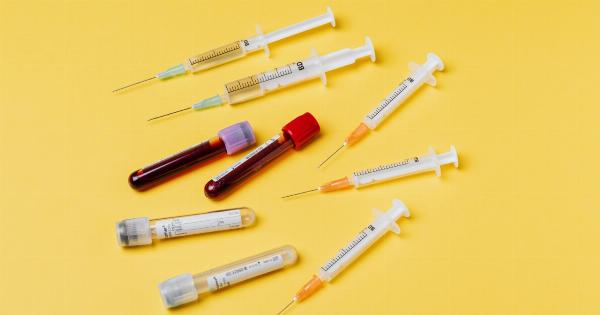Two children in a remote village were saved when they received life-saving blood transfusions, thanks to a team of healthcare workers who were able to set up an emergency blood bank.
How it happened
The team of healthcare workers were on a routine visit to a remote village in a developing country when they received a call about two children who were suffering from severe anemia.
The healthcare workers soon discovered that both children urgently needed a blood transfusion in order to survive.
However, there were no blood banks in the village, and getting the children to the nearest hospital that had one would have taken too long. The healthcare workers had no other choice but to set up an emergency blood bank in the village.
The process of setting up the blood bank
The healthcare workers quickly assembled a team of volunteers, who were willing to donate blood. They then set up a makeshift blood bank in a church hall, using equipment that they had brought with them on their visit.
The children were then transferred to the village, where they underwent life-saving blood transfusions.
The team of healthcare workers monitored the children carefully, and they were pleased to see that the transfusions were successful, and the children’s health improved dramatically.
The importance of blood banks in remote villages
The success of this emergency blood bank highlights the importance of having access to blood banks in remote villages.
It is a vital resource that can save lives, and it is essential that healthcare workers are trained to set them up quickly and efficiently in emergency situations.
In many developing countries, access to blood banks is limited, and people in remote areas are often unable to get blood transfusions in time due to the lack of facilities.
Setting up more blood banks in remote areas and training local healthcare workers to manage them could save many lives.
The need for blood donation
Blood banks rely on donations from volunteers, and it is essential that people are encouraged to donate regularly. Every donation can save a life, and blood banks must have an adequate supply of blood for emergencies.
It is important to educate people on the importance of blood donation and to encourage regular donations. Donating blood on a regular basis is a selfless act that can help save lives and improve the health of people in need.
Conclusion
This story highlights how an emergency blood bank saved the lives of two children in a remote village.
It emphasizes the importance of having access to blood banks in remote areas and how training healthcare workers to set up emergency blood banks could make a significant difference in saving lives.
The success of this emergency blood bank also emphasizes the need for regular blood donation from volunteers.
It is essential that people understand the importance of donating blood regularly and that blood banks have an adequate supply of blood for emergencies.






























